By now, most outdoor, landscaping work in Minnesota has slowed down for the season. But maybe if you’re like me, there are a couple of things that could still be done before winter hits in full force. It seems like the weather was so up and down in September and October that some things just haven’t gotten done yet.
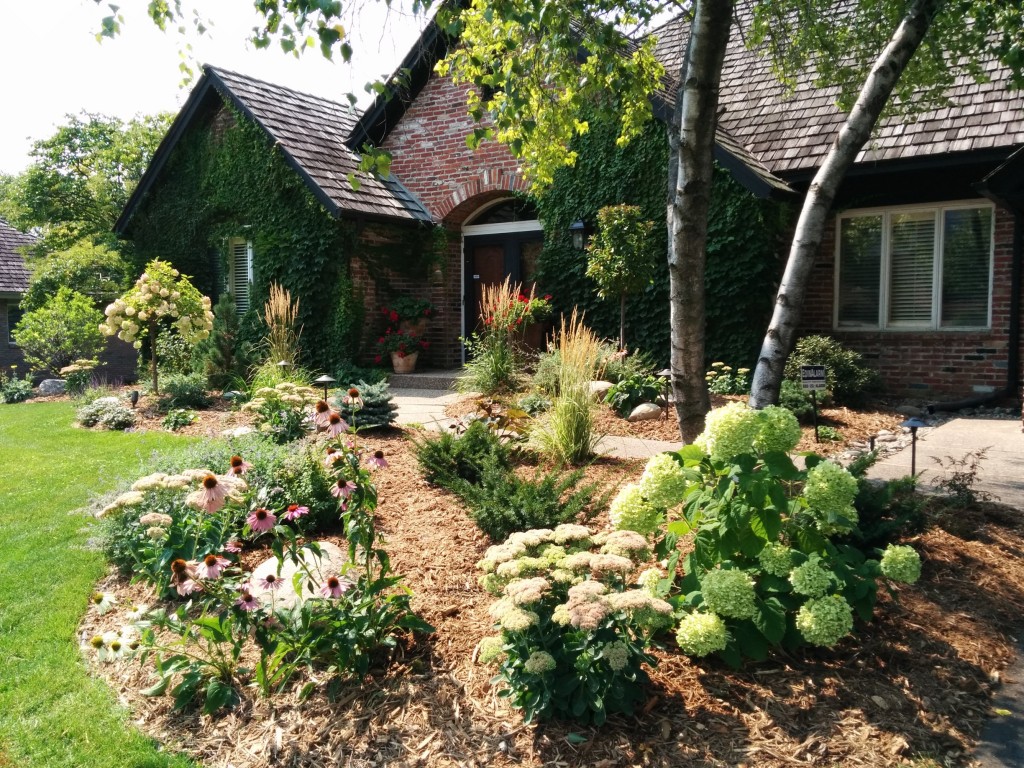
Minnesota Fall Landscaping Checklist
Not sure if you’ve got everything ready for winter? You want to make sure that your landscaping and yard is ready for winter so that when spring arrives, everything will have survived and be in good condition.
Here’s an end-of-the-season, late fall, landscaping, and gardening checklist to get you started.
Mulch
Mulch is one of the best and easiest ways to make sure roses and tender perennials have the highest chance of making it through the winter. Available in most garden and landscaping stores, mulch is reasonably priced and easy to apply. If they aren’t covered in snow, leaves make good mulch too. Straw is another option but choose the straw carefully. It if is full of seeds, you’re going to be pulling a lot more weeds next summer.
Wrap trees
Trees, especially new and young trees stand a much better chance if they are wrapped and protected from deer and other animals. If they aren’t wrapped, hungry animals can do damage to their bark through the winter months.
Drain sprinklers and hoses
If you live in Minnesota and haven’t drained your sprinklers and hoses yet, it might be too late. Otherwise, if you can, bring them into a warm building for them to thaw. You might still be able to get the water out of hoses.
Remove annuals
Any annuals can be pulled and disposed of. Getting rid of them now helps ensure that your yard, garden, or flower beds are ready to be planted next spring.
Sound like too much?
If all of that sounds like more than you can handle this year, give Great Goats Landscaping a call. We specialize in landscaping and yard care and maintenance.
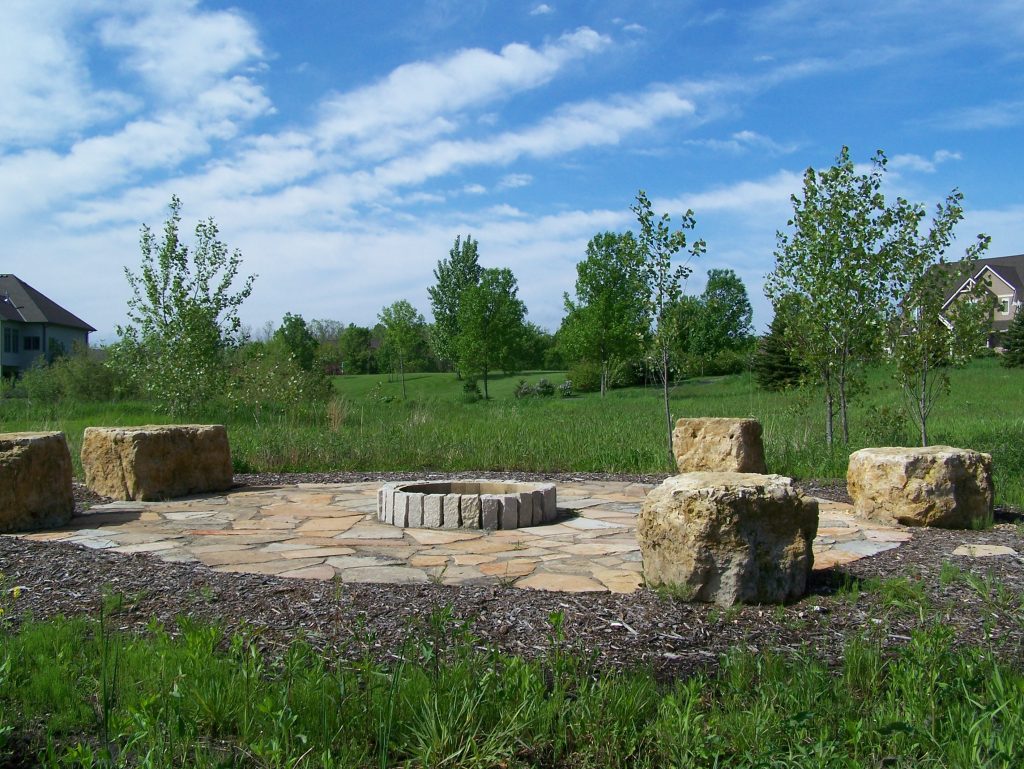
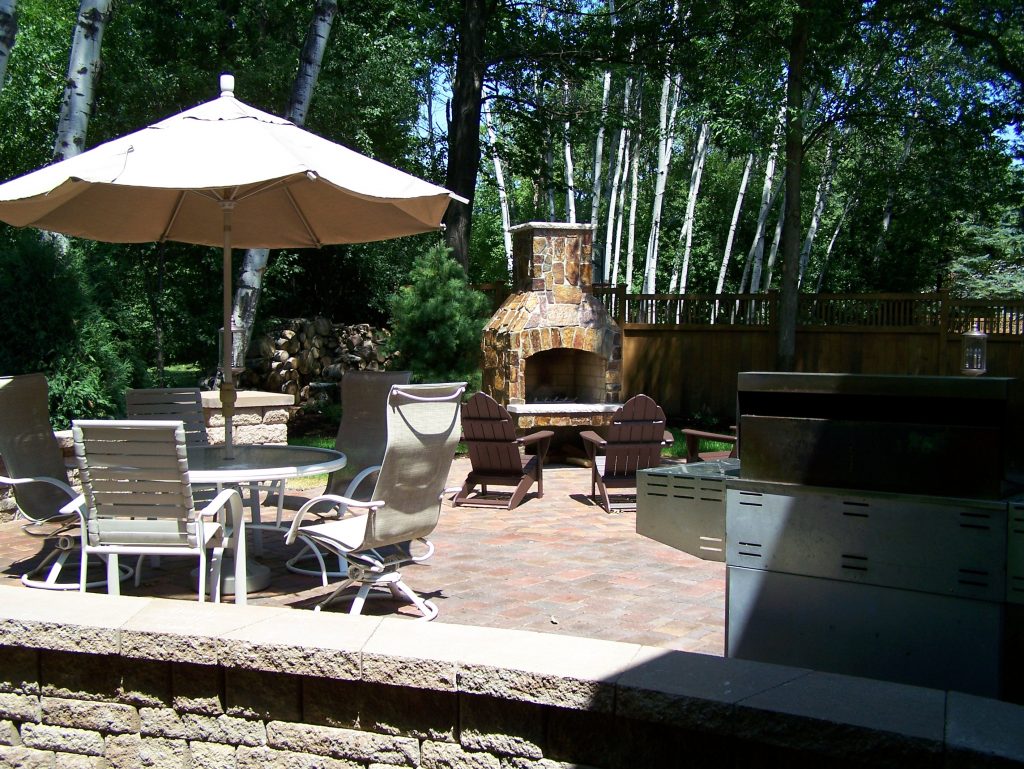
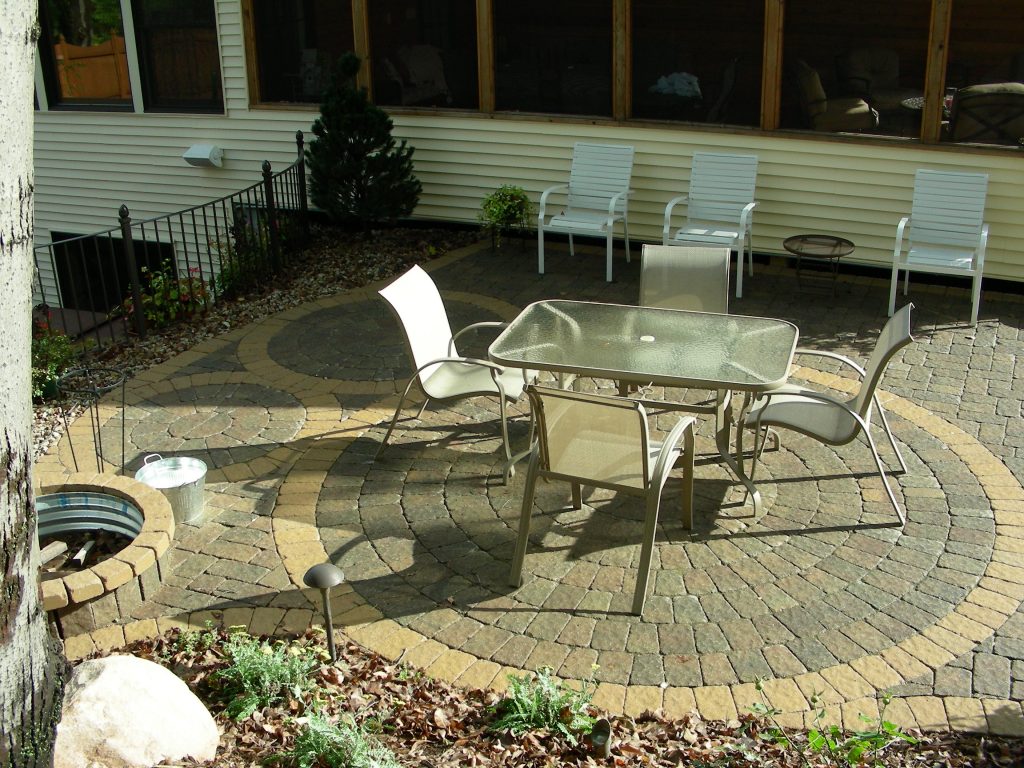
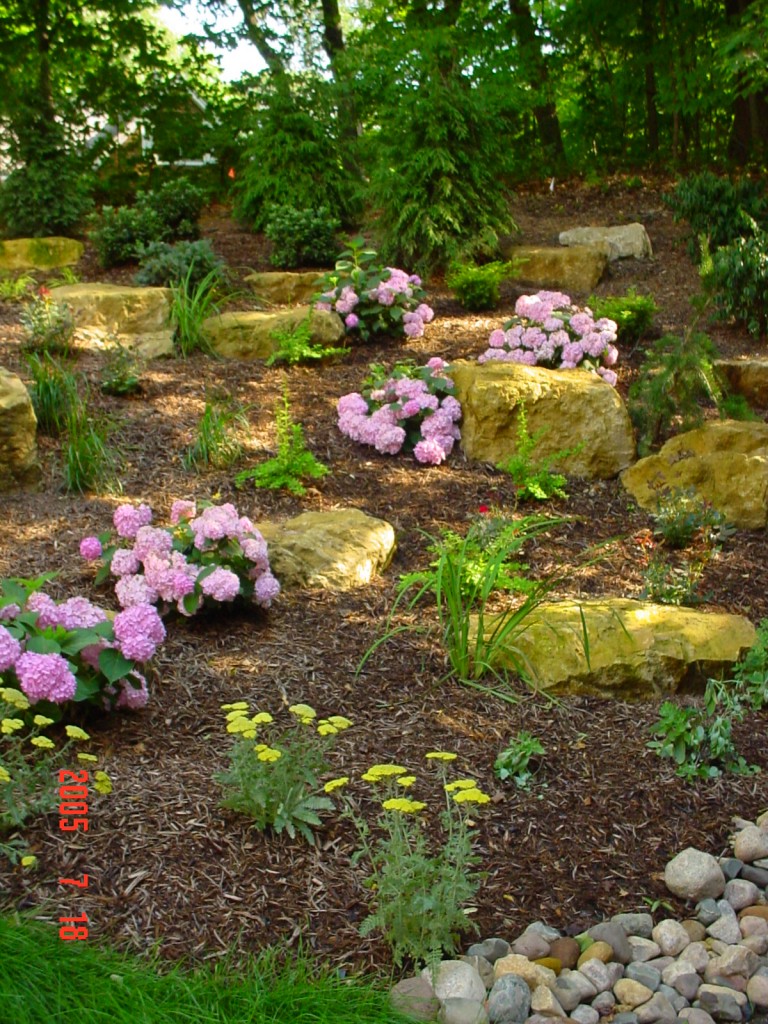
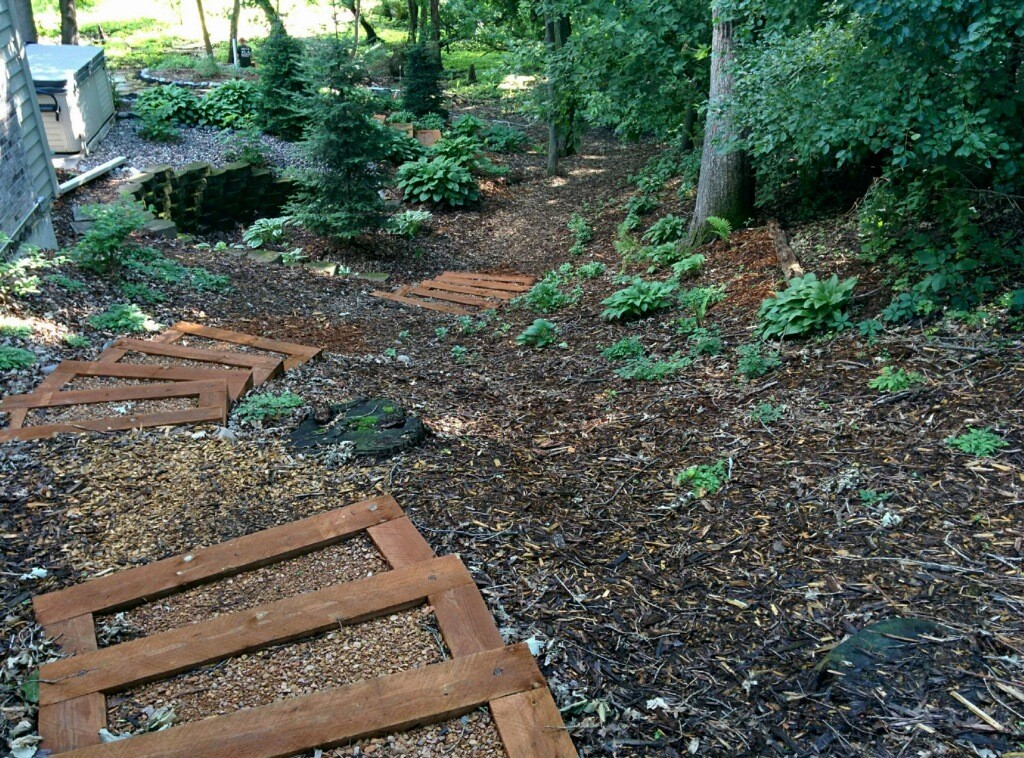
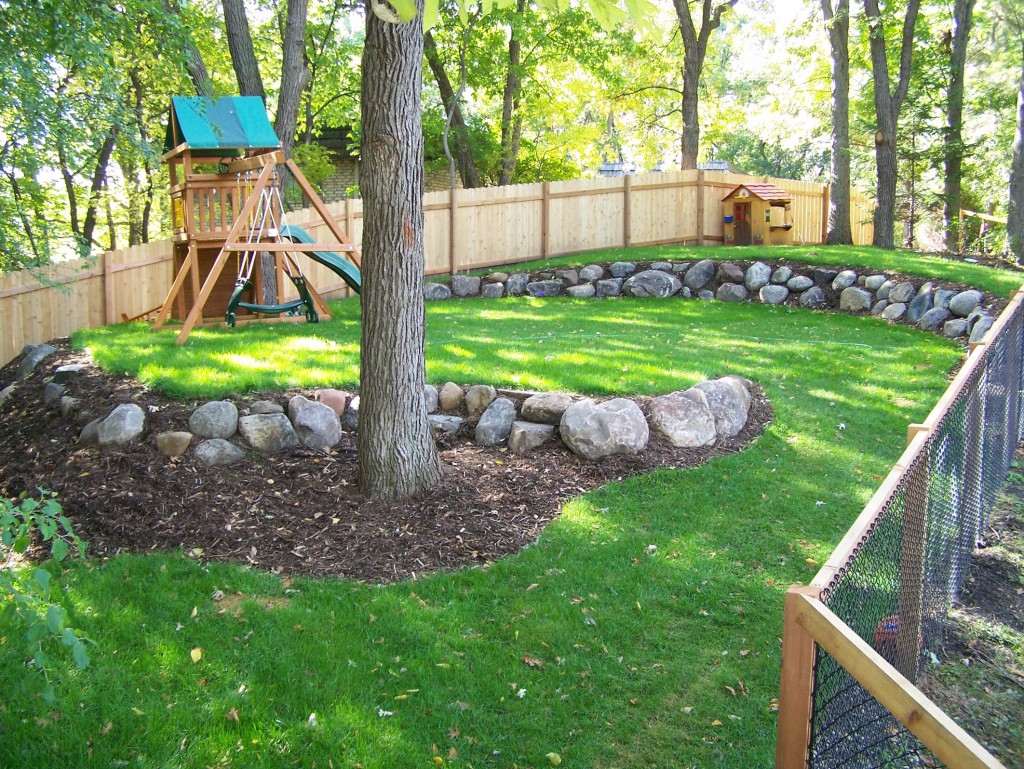
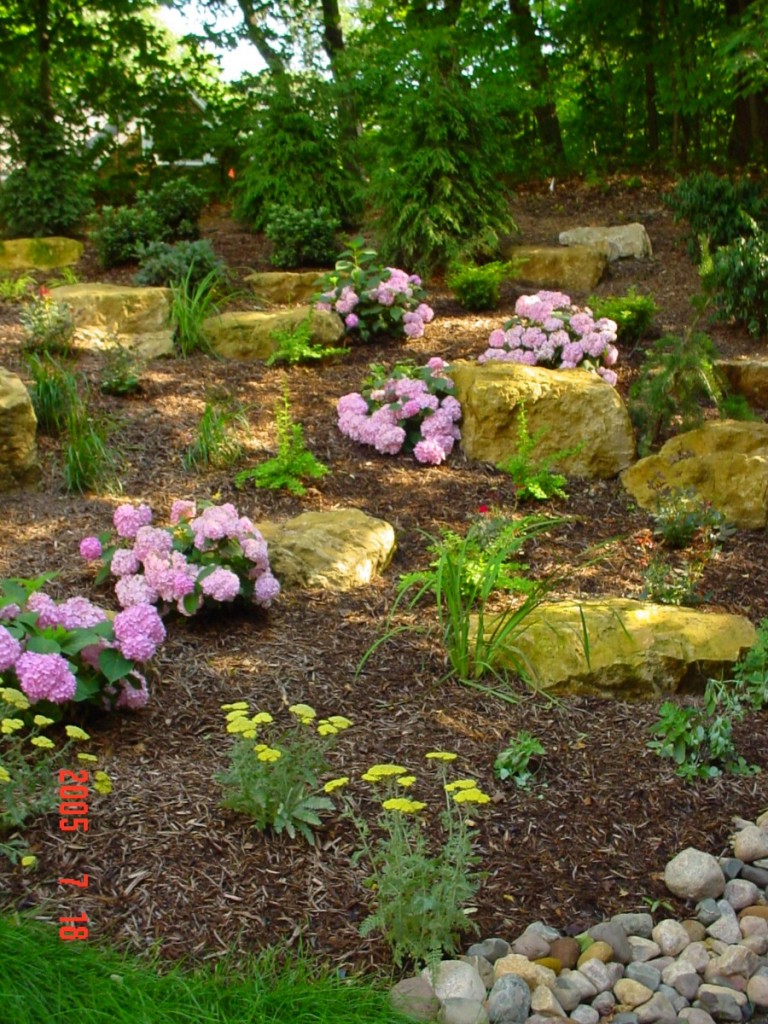
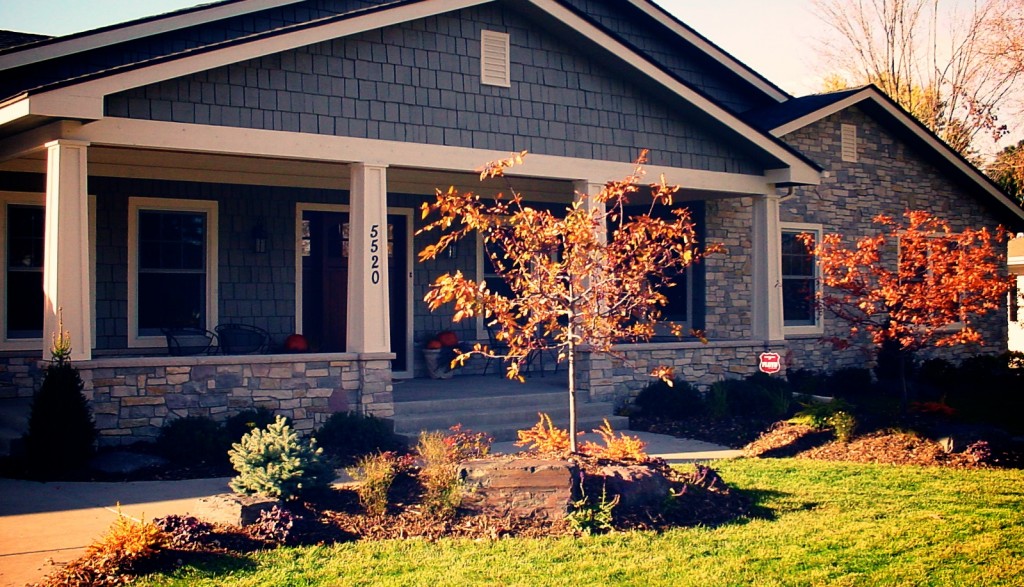
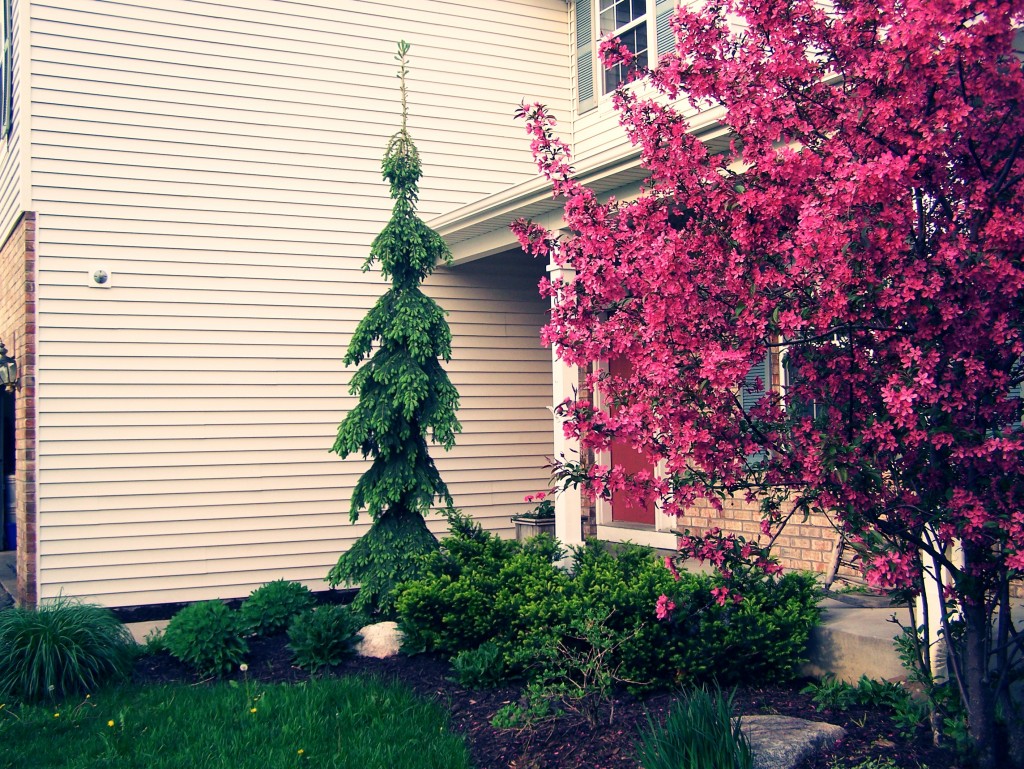

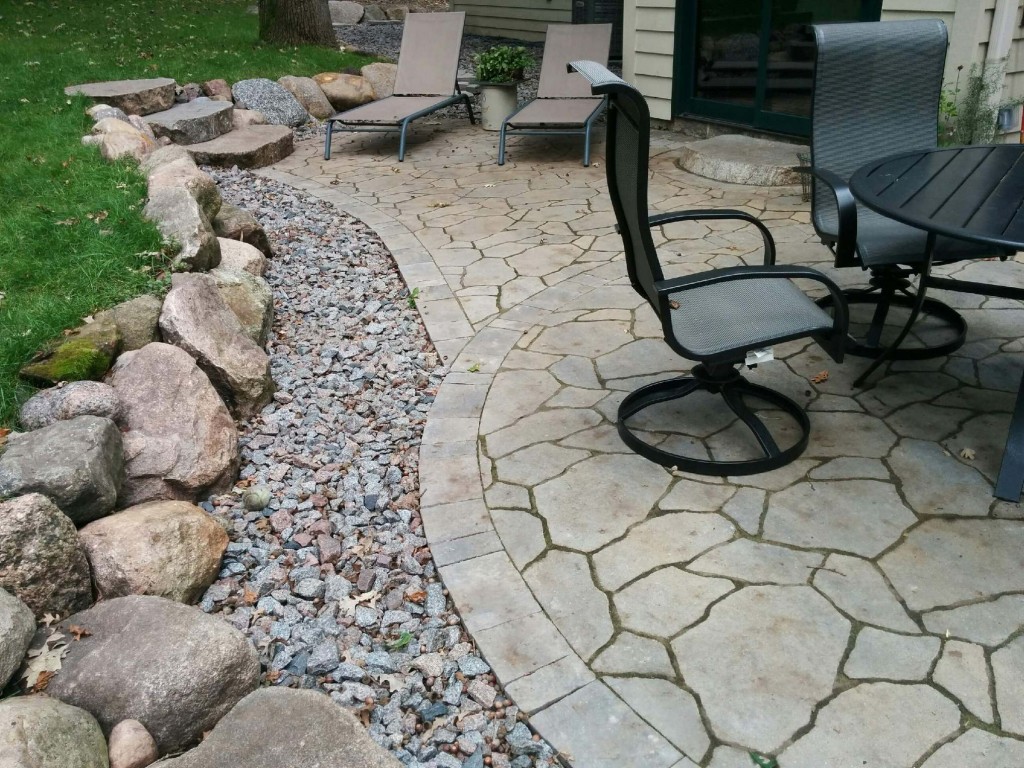



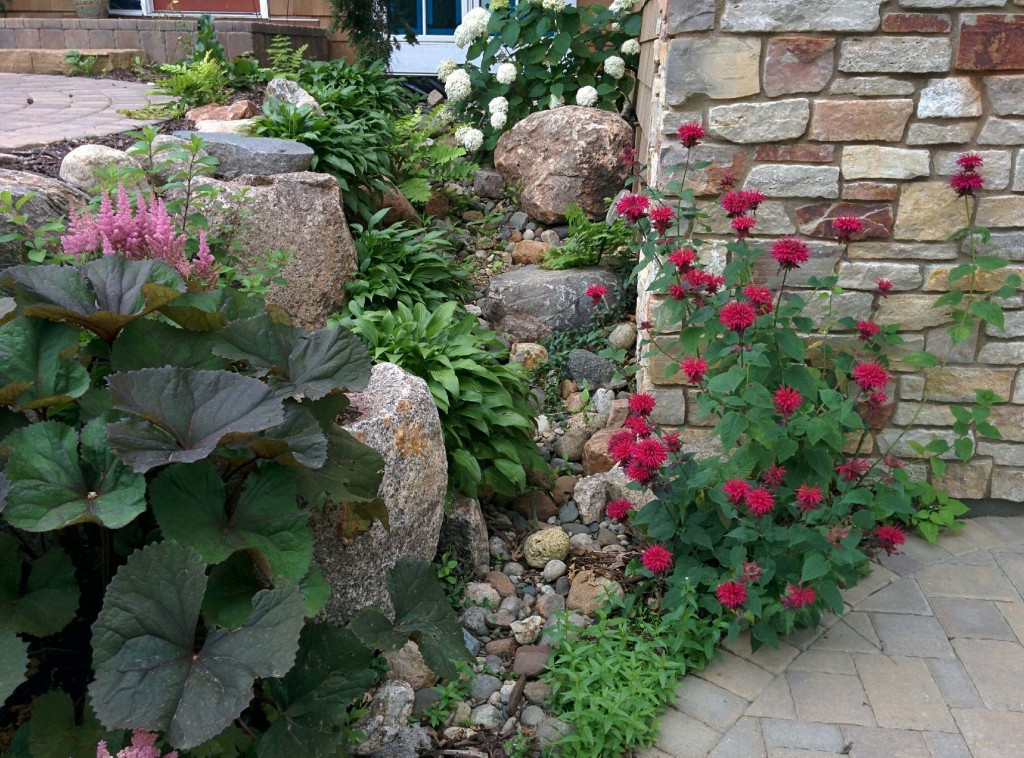
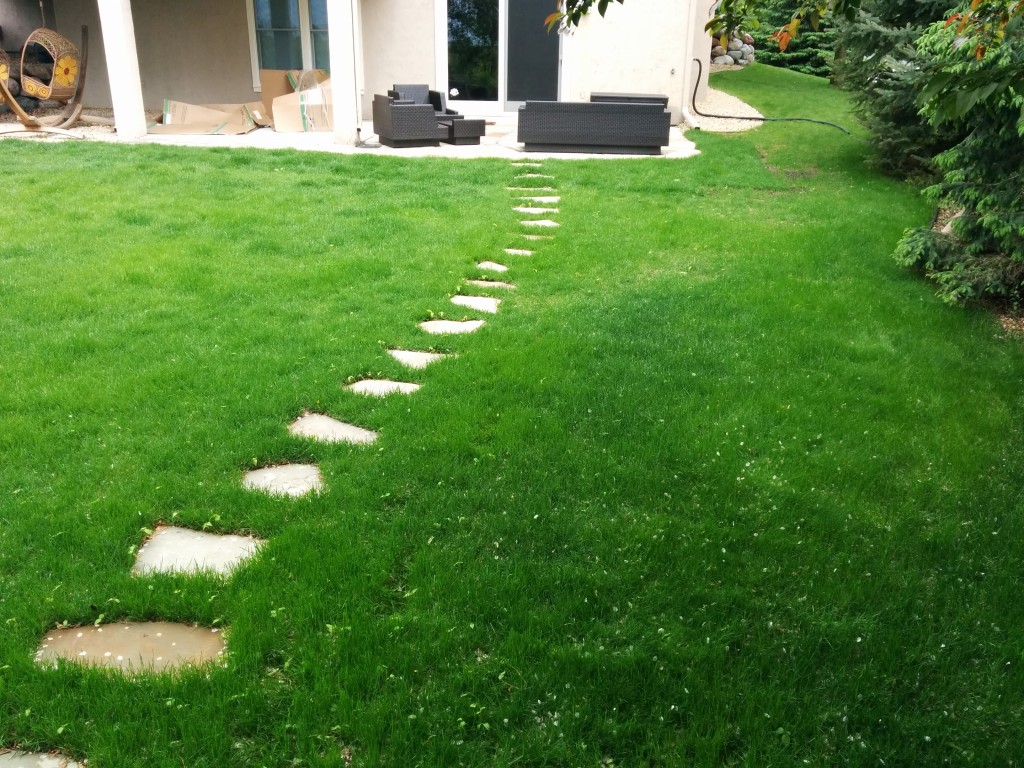

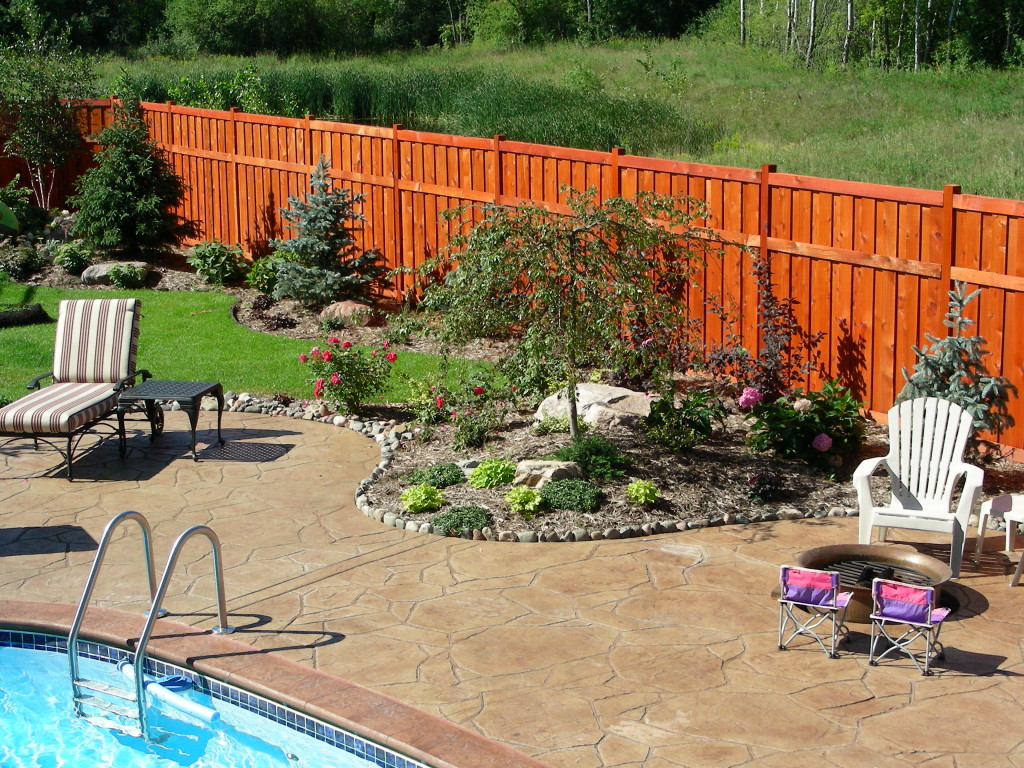
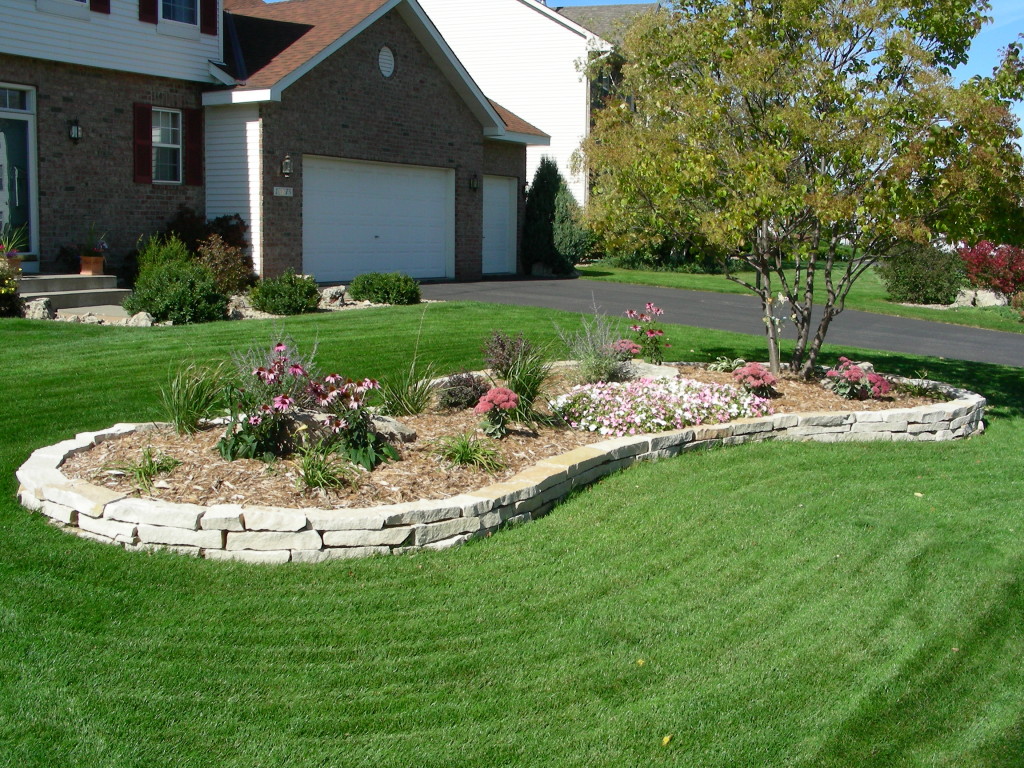
 Contact 612-483-GOAT
Contact 612-483-GOAT